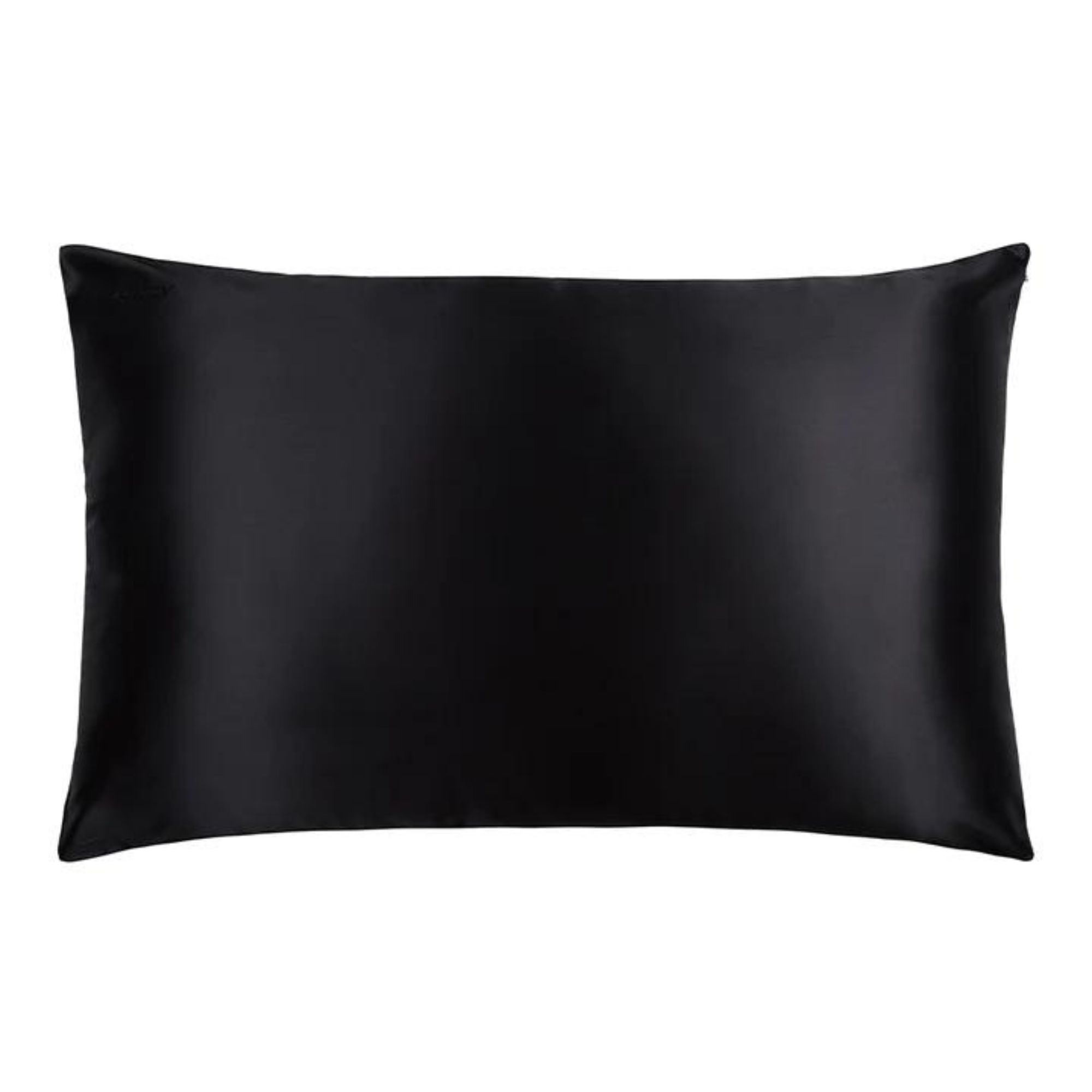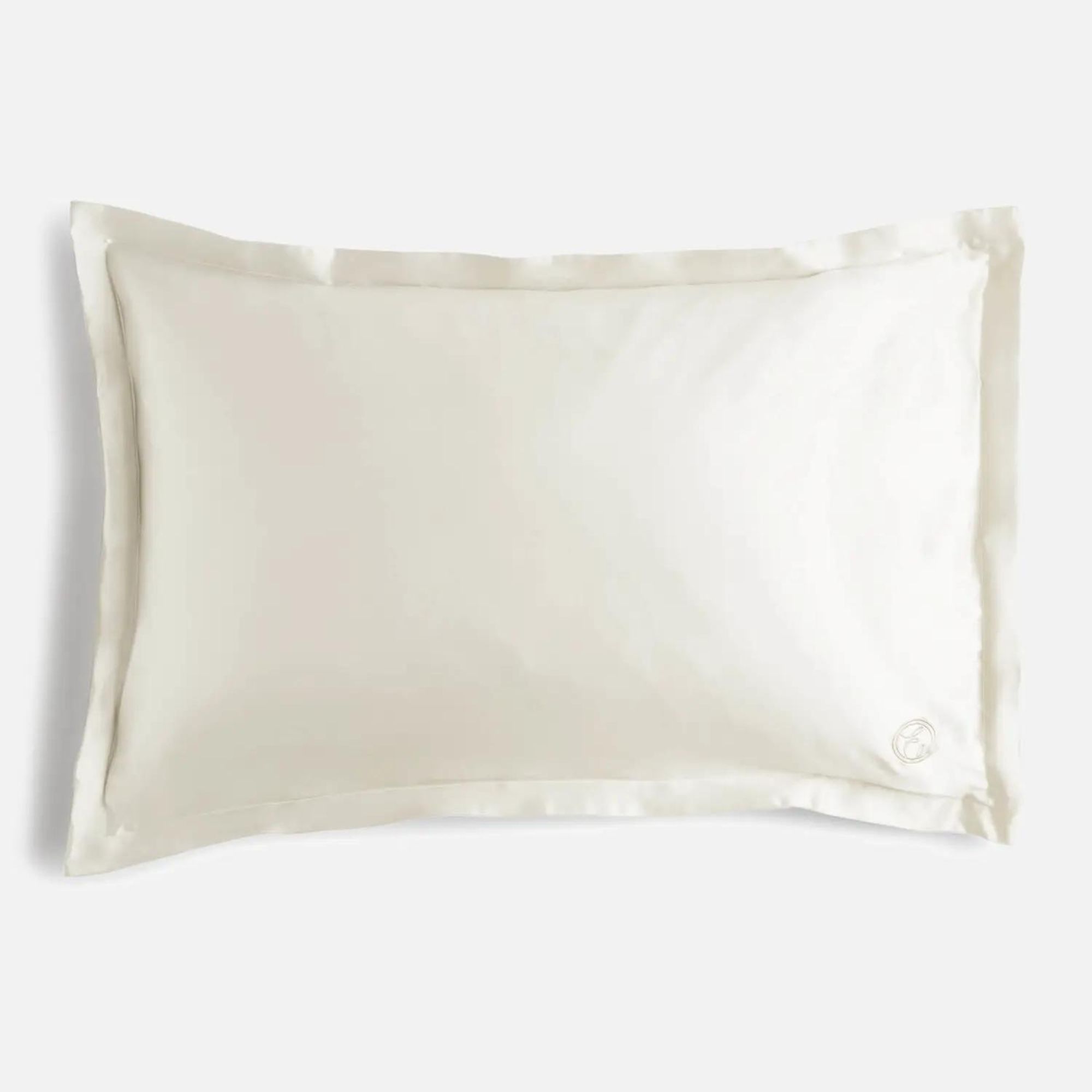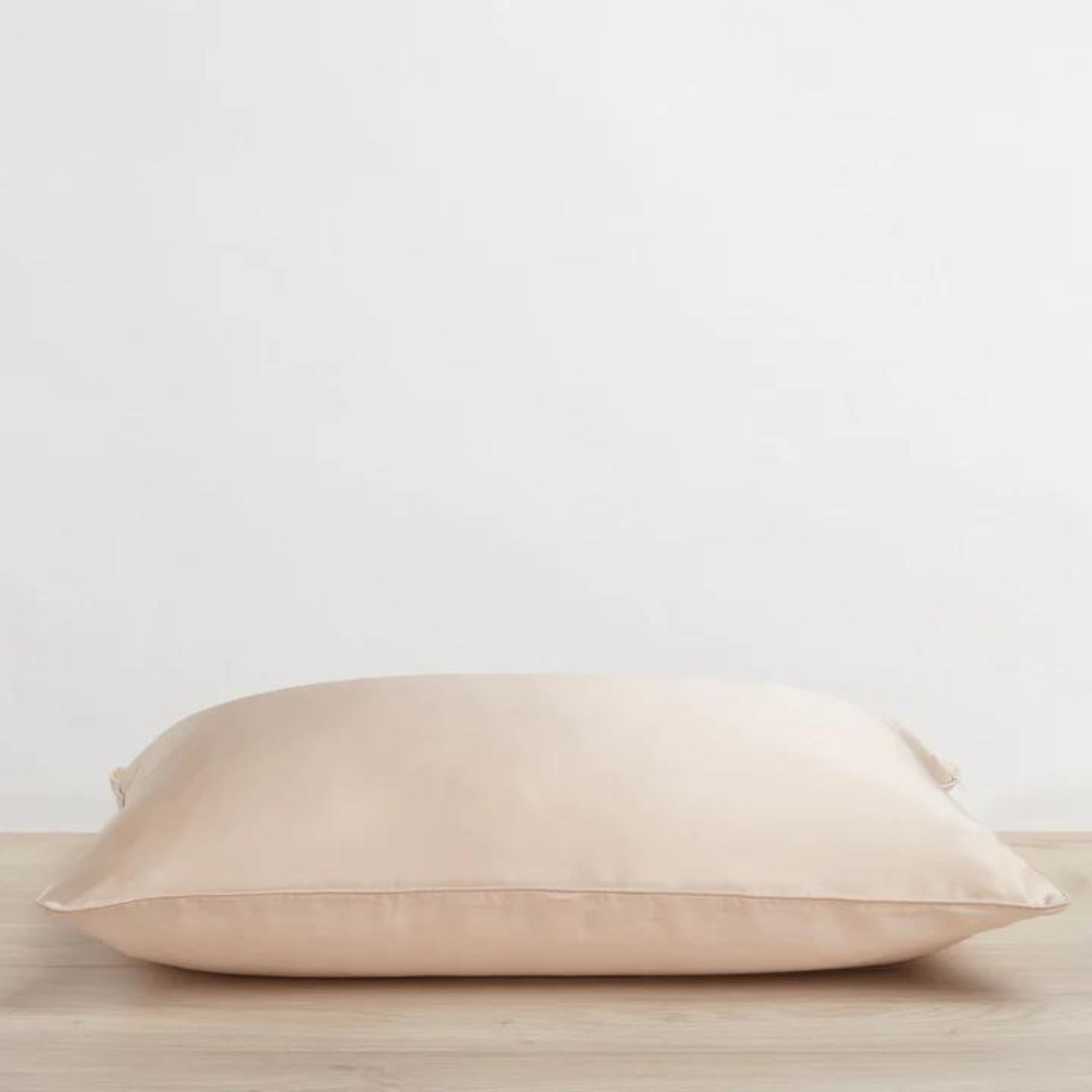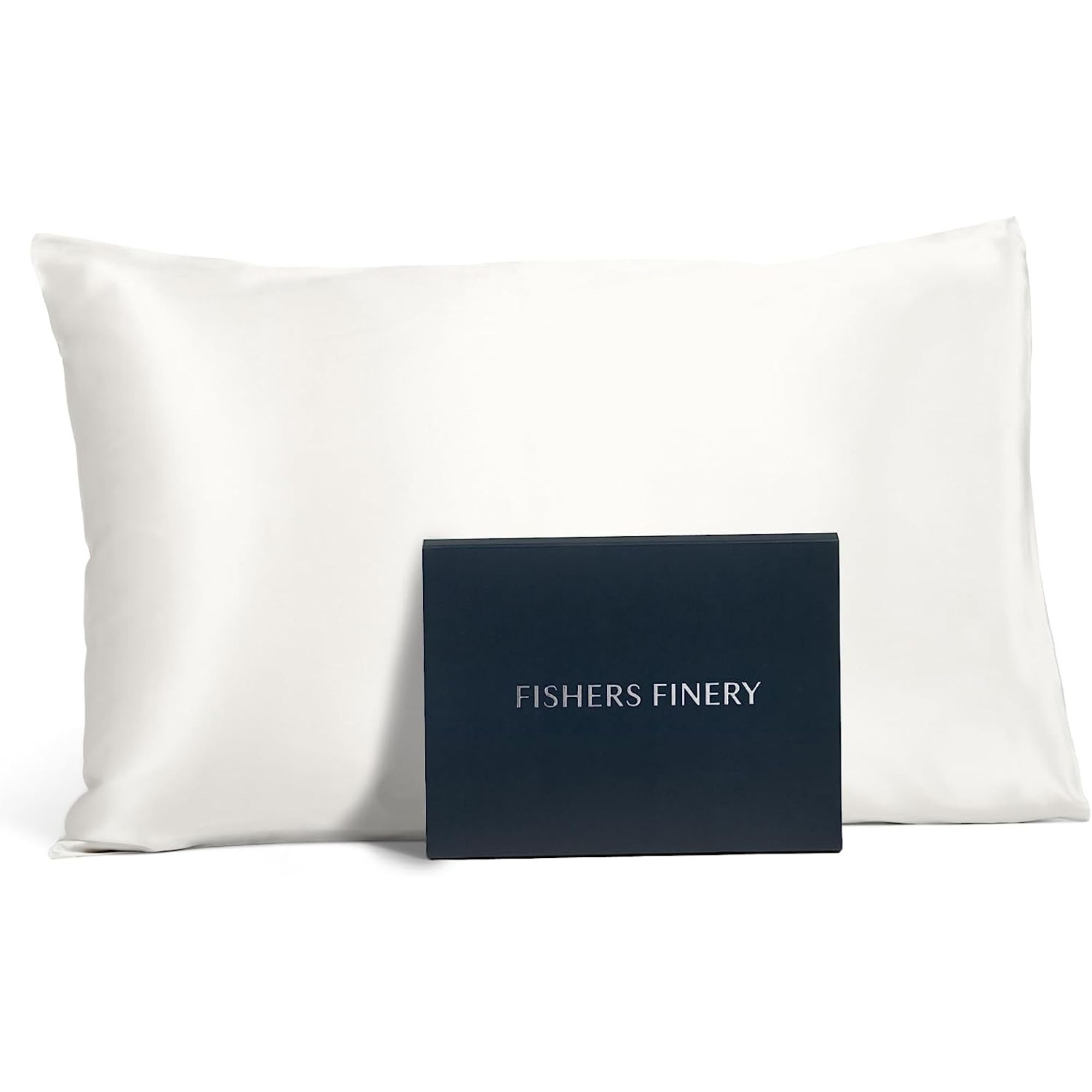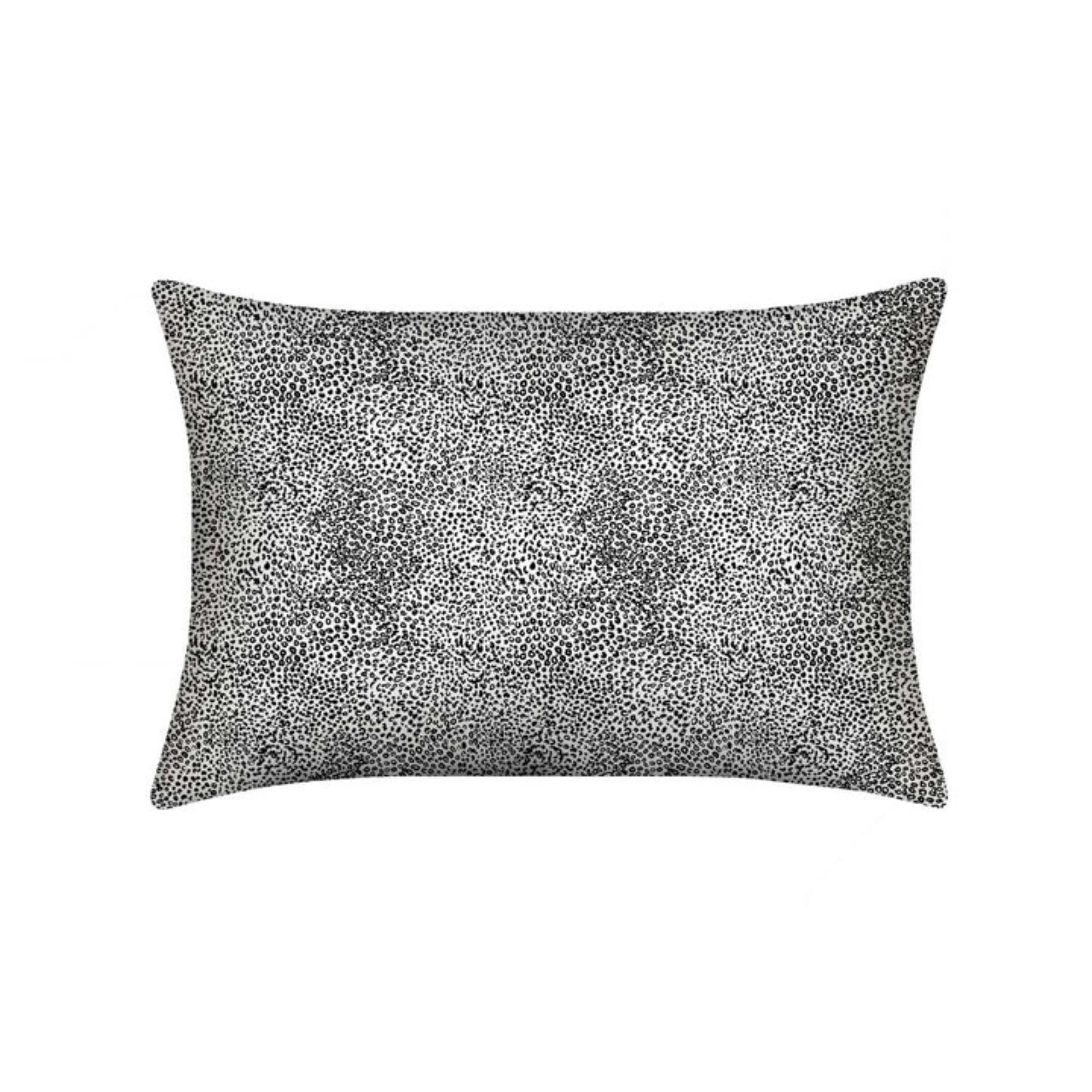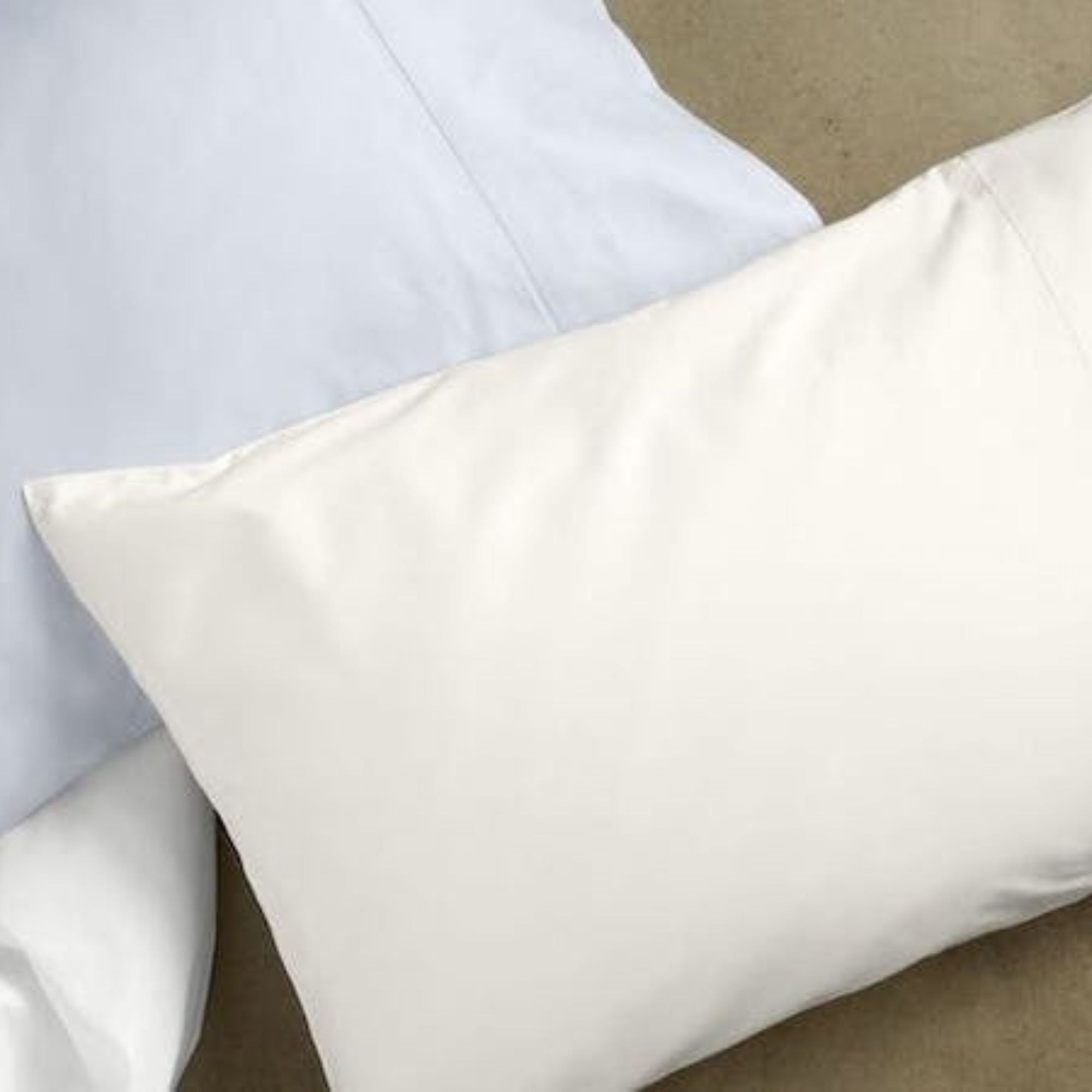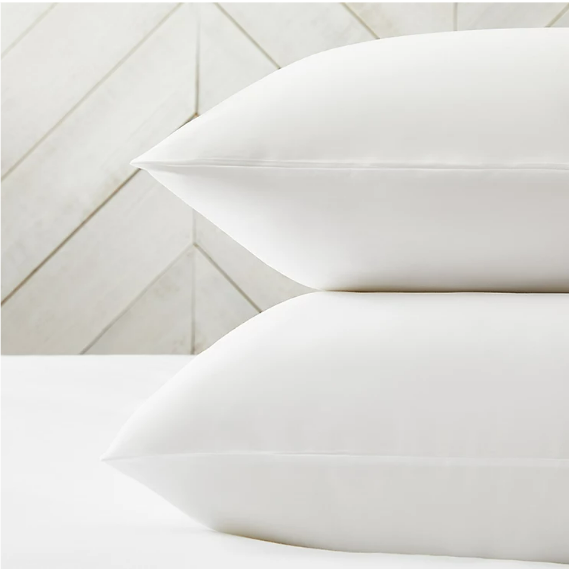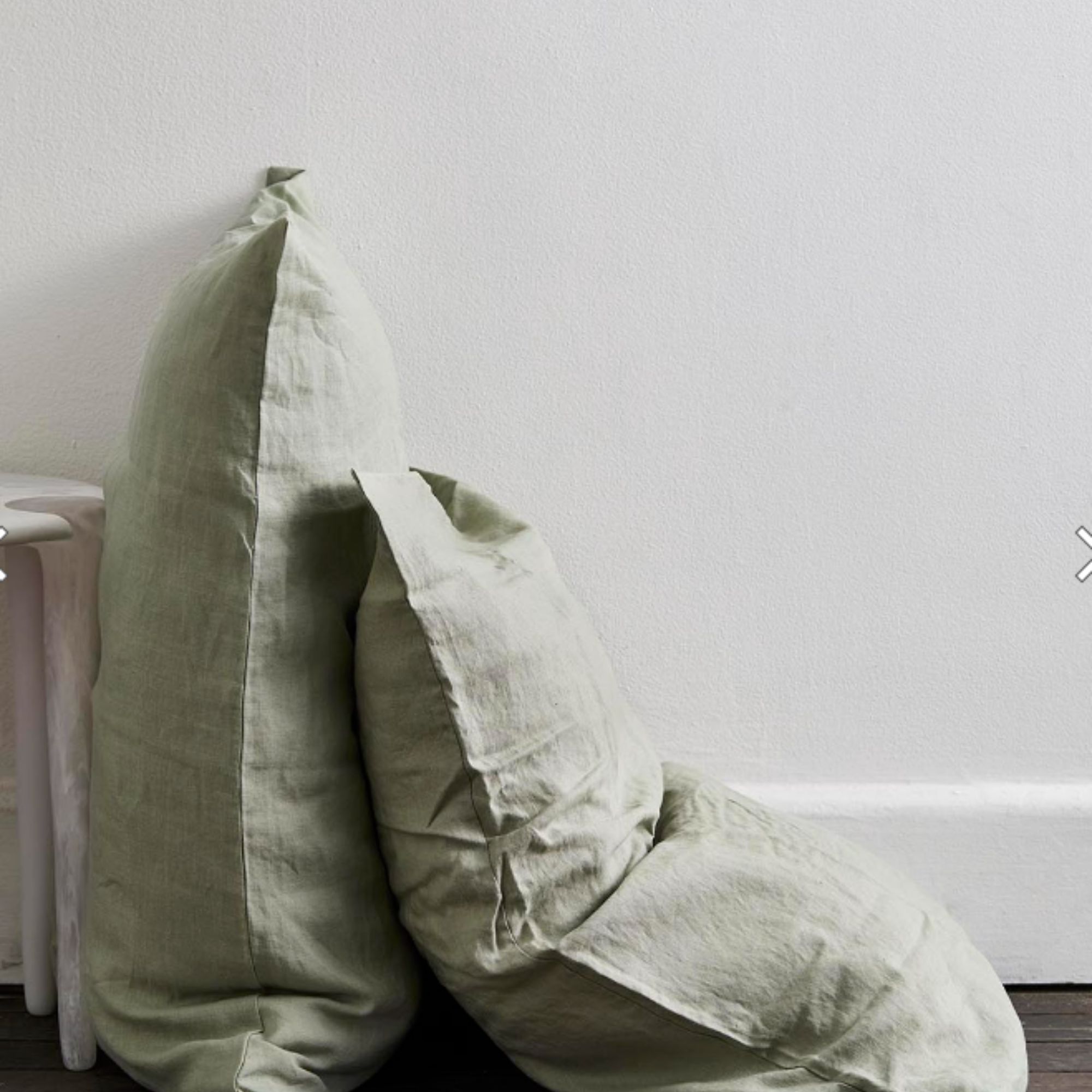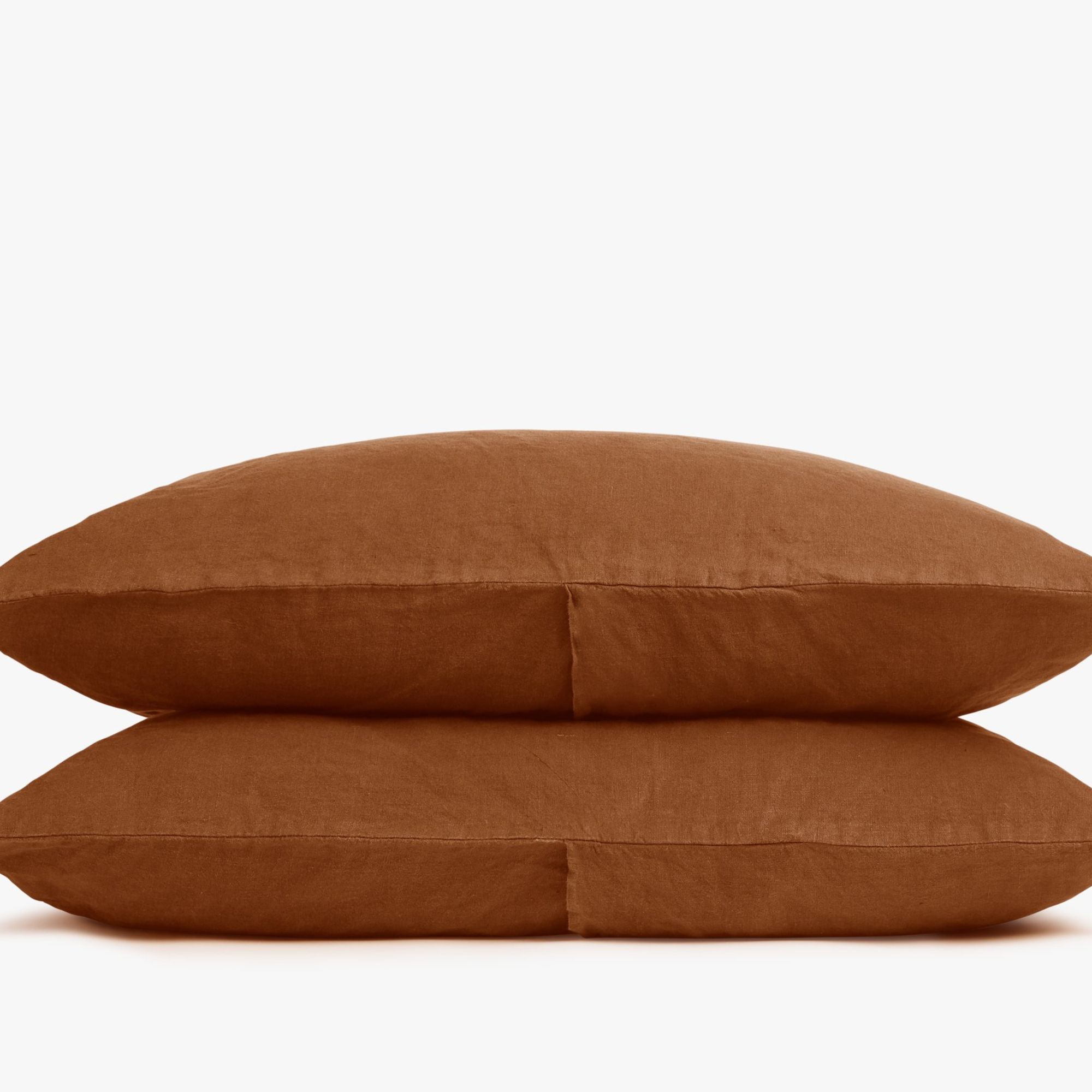Should you even bother with silk pillowcases? A sleep editor investigates
With the best silk pillowcases, you can start your journey towards clearer skin and smoother hair
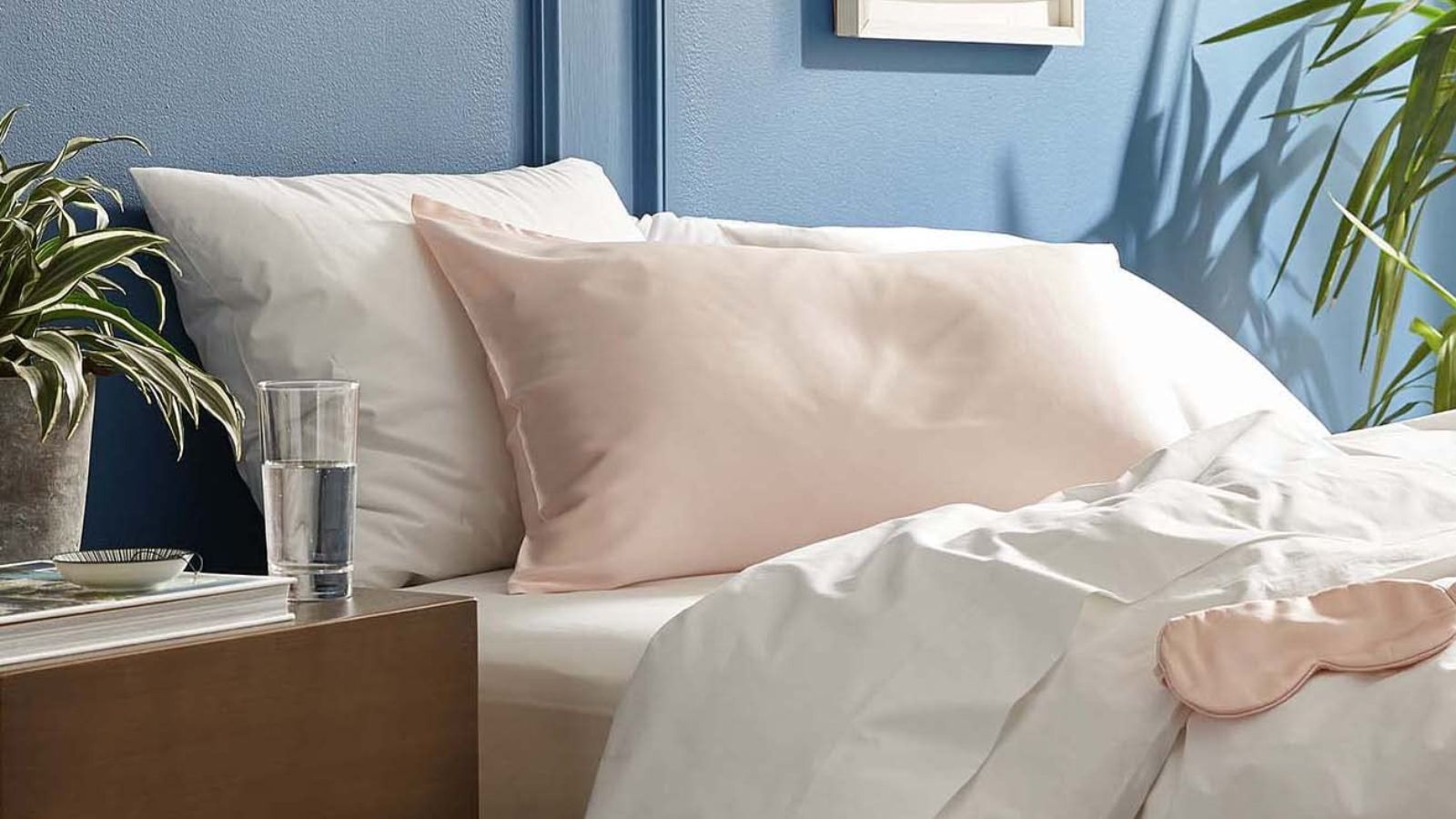

Silk pillowcases are hardly sleep essentials. When it comes to night-time comfort and support, a case of any kind is less important than the pillow it protects. With that said, adding a pair of silk pillowcases is a quick and easy way to elevate your bedding.
Some silk pillowcases are best for sensitive skin, while others are designed to smooth and shine your hair. There are pure silk pillowcases in pastel shades and true neutrals, as well as prints and patterns to brighten up your bed. These days, there are so many sorts of silk pillowcases, sold in all the specialist sleep stores, that it can be hard to split the difference.
That's where I come in. As H&G's resident sleep writer, I lead a team of expert testers. Together, we've slept on the world's best silk pillowcases. I can tell my silk from my sateen and I know which sort of pillowcase would be most beneficial for which sort of sleeper.
There are plenty of reasons to invest in a set of silk pillowcases. However, hot sleepers and bed sheet stickler might prefer to stick with classic cotton or linen. That's why I've rounded up a few of my favorite alternatives to silk pillowcases, so that you can have your pick of the litter.
Choose it if: you want clearer skin
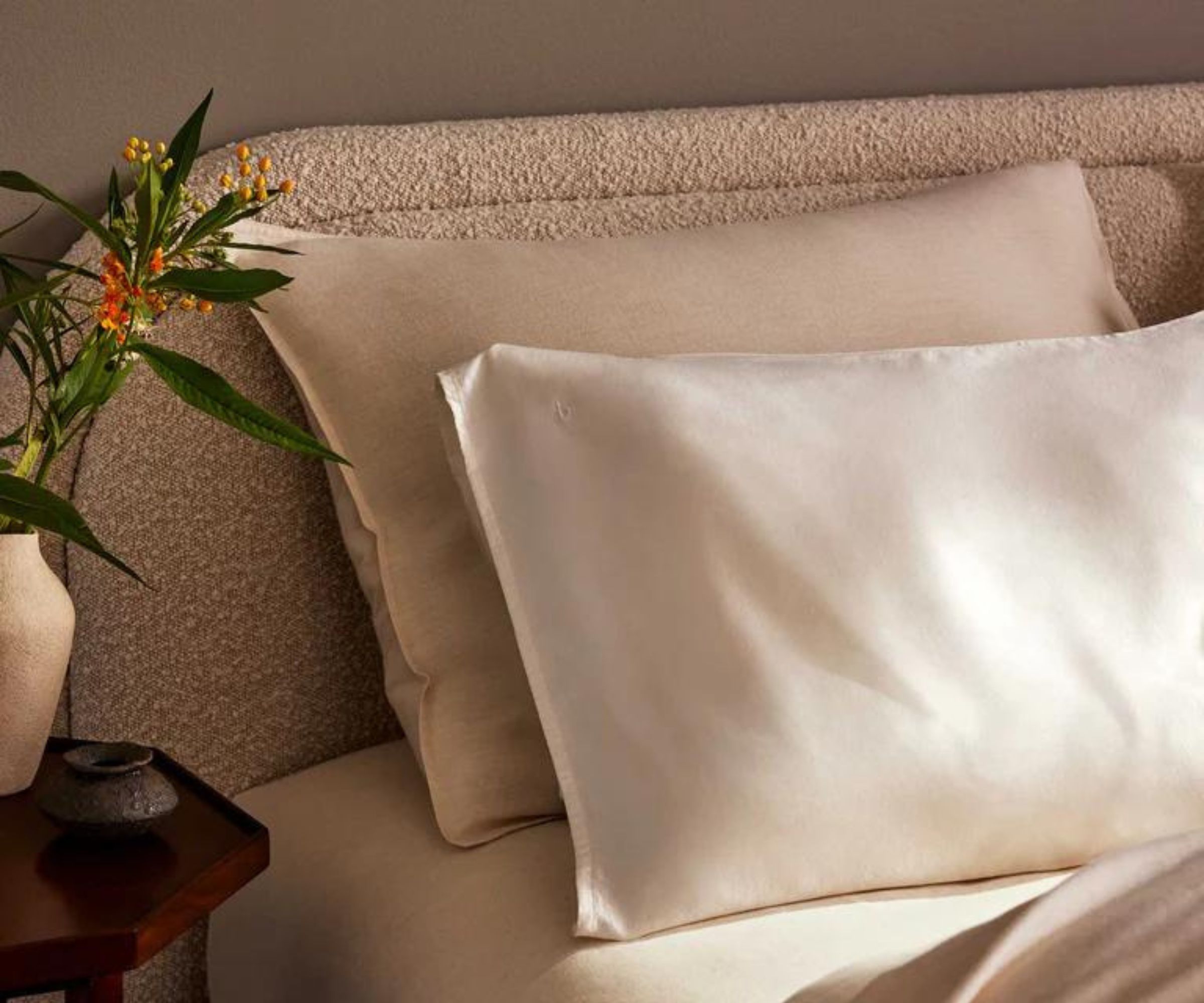
When I write about sheet sets and pillowcases, I often mention moisture-wicking properties. Usually, a pillowcase that can keep you just the right side of cool and dry would go straight to the top of my buying guide.
That isn't the case with silk pillowcases. Silk has a low absorption rate, which means it retains more moisture, and can hydrate your skin while you sleep. Hydrated skin looks better and feels softer.
You can apply a full face of beauty creams and settle down to sleep on your silk pillowcases, safe in the knowledge that your case won't absorb your treatments. Your beauty products will sink into your skin, rather than your sheets, hydrating you all the more.
One more thing: silk is naturally hypoallergenic. High-quality silk is woven so tightly that there's very little room for dust, dirt and dander to sneak in. That's why I would recommend silk pillowcases to sleepers with sensitive skin.
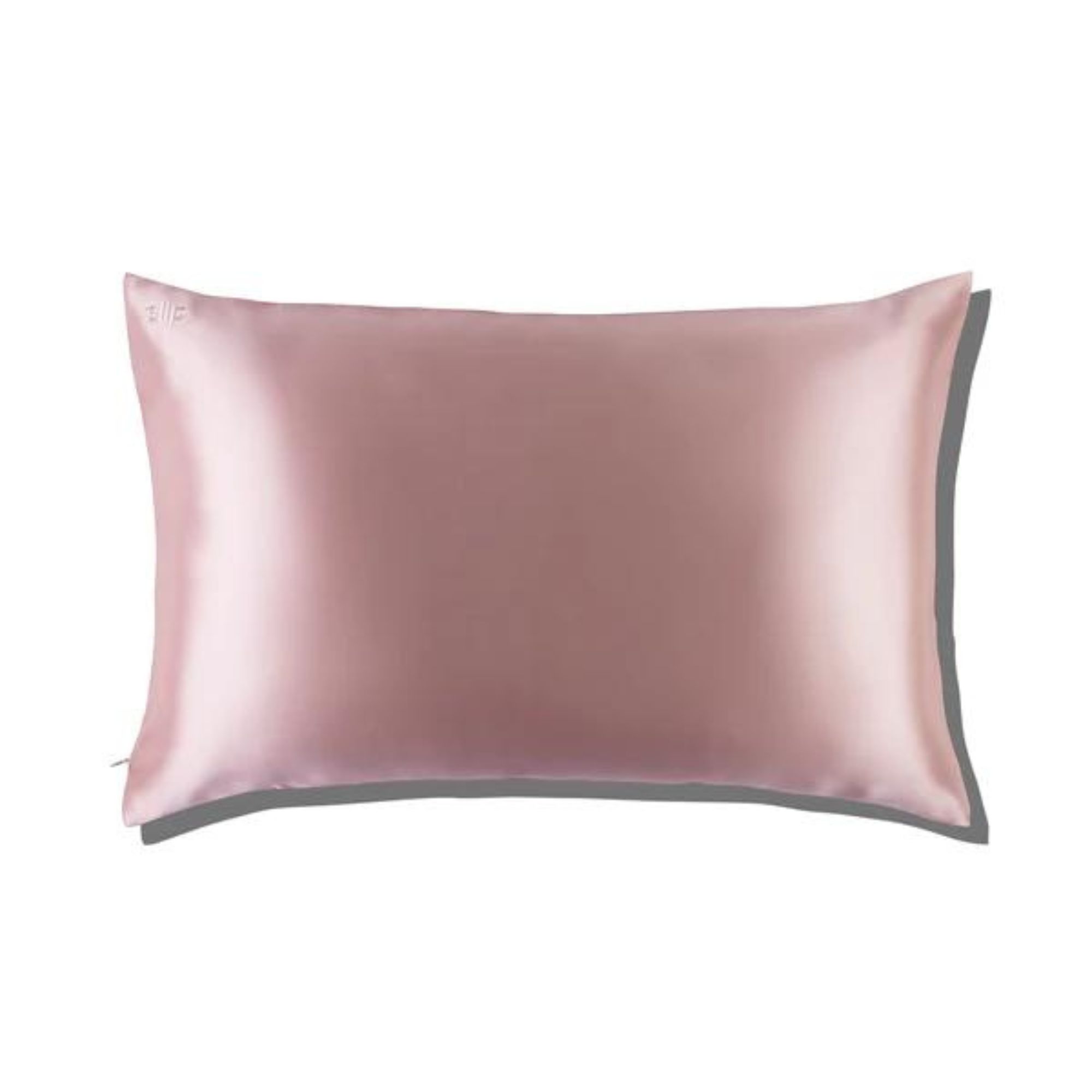
This pillowcase comes recommended by beauty experts and dermatologists alike. A silk pillowcase should feel soft on your cheeks and help to hydrate your skin.
Choose it if: you want smoother hair

If you've ever slept with silk pillowcases, you might remember how easy and effortless it felt to glide your face across the material. That's because silk is soft, smooth, and anti-static.
Silk pillowcases work to reduce friction between your hair and your pillow, lowering the risk of waking up with frizz. Since silk is naturally moisture-retaining, your hair should hold onto its natural oils and maintain its shine overnight.
I would especially recommend silk pillowcases to sleepers with textured or curly hair, or anyone who spends a lot of time and money on their blow-out, and wants to keep it. Silk helps your strands to hold their shape and keep their sheen.
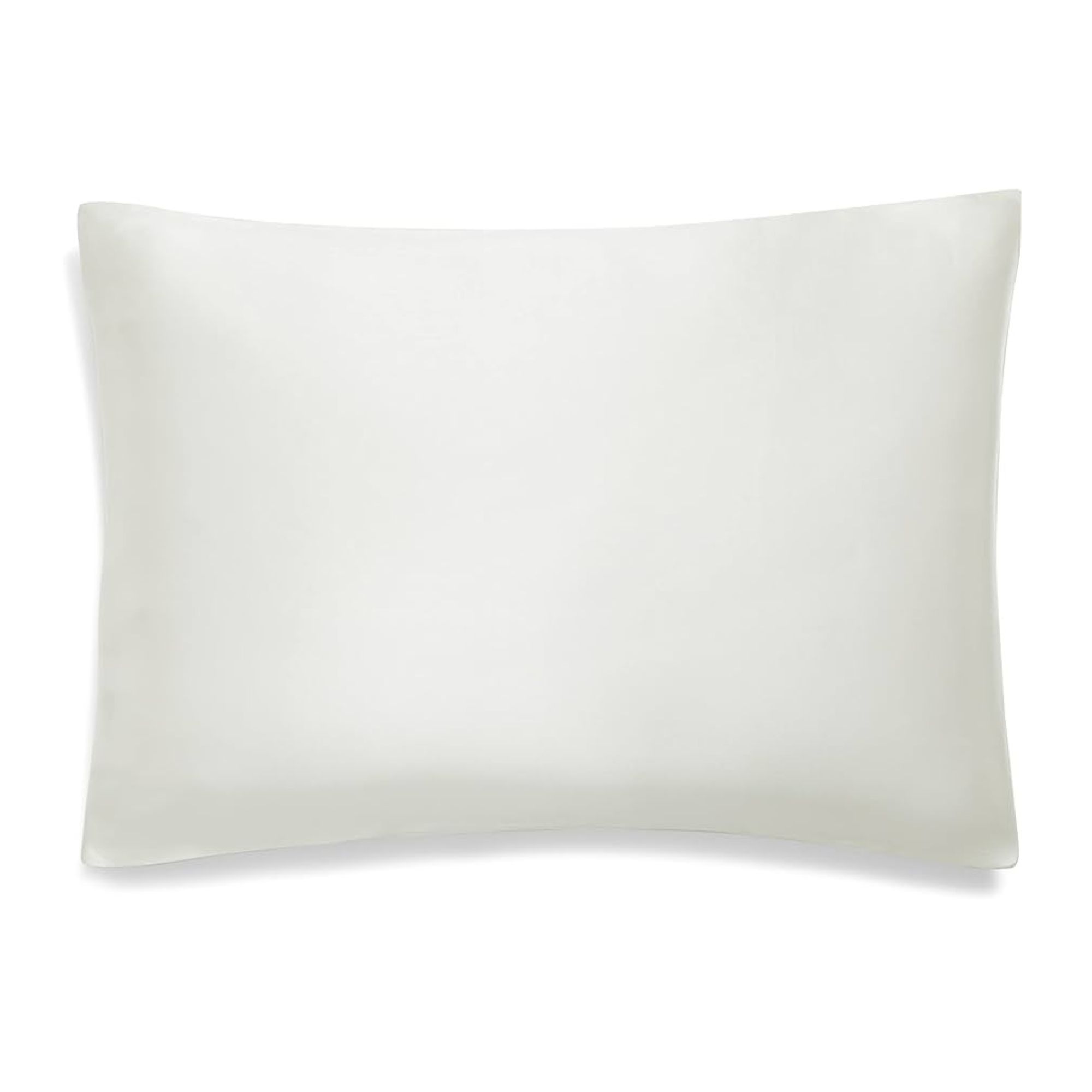
This pillowcase is made from 100% mulberry silk to protect your hair from friction damage. This piece is OEKO-TEX certified, so that you know you're breathing cleaner air while you sleep.
Choose it if: you want to play with patterns

Now, don't get me wrong: you can pick up a patterned pillowcase in cotton or linen from just about any sleep store or home retailer. But there's something special about patterned silk. Some of my favorite silk pillowcases combine playful patterns with delicate materials.
Silk is printed with acid dye or reactive ink to take on unique prints. A patterned pillowcase might not wash as well as a plain one, but you should be safe with a cold water cycle and low-heat dryer settings.
To put a fresh twist on silk pillowcases, I like to shop at Mayfairsilk. This bedding brand also sells silk sheets and accessories from scrunchies to sleep masks, which would make a great gift for a night owl.
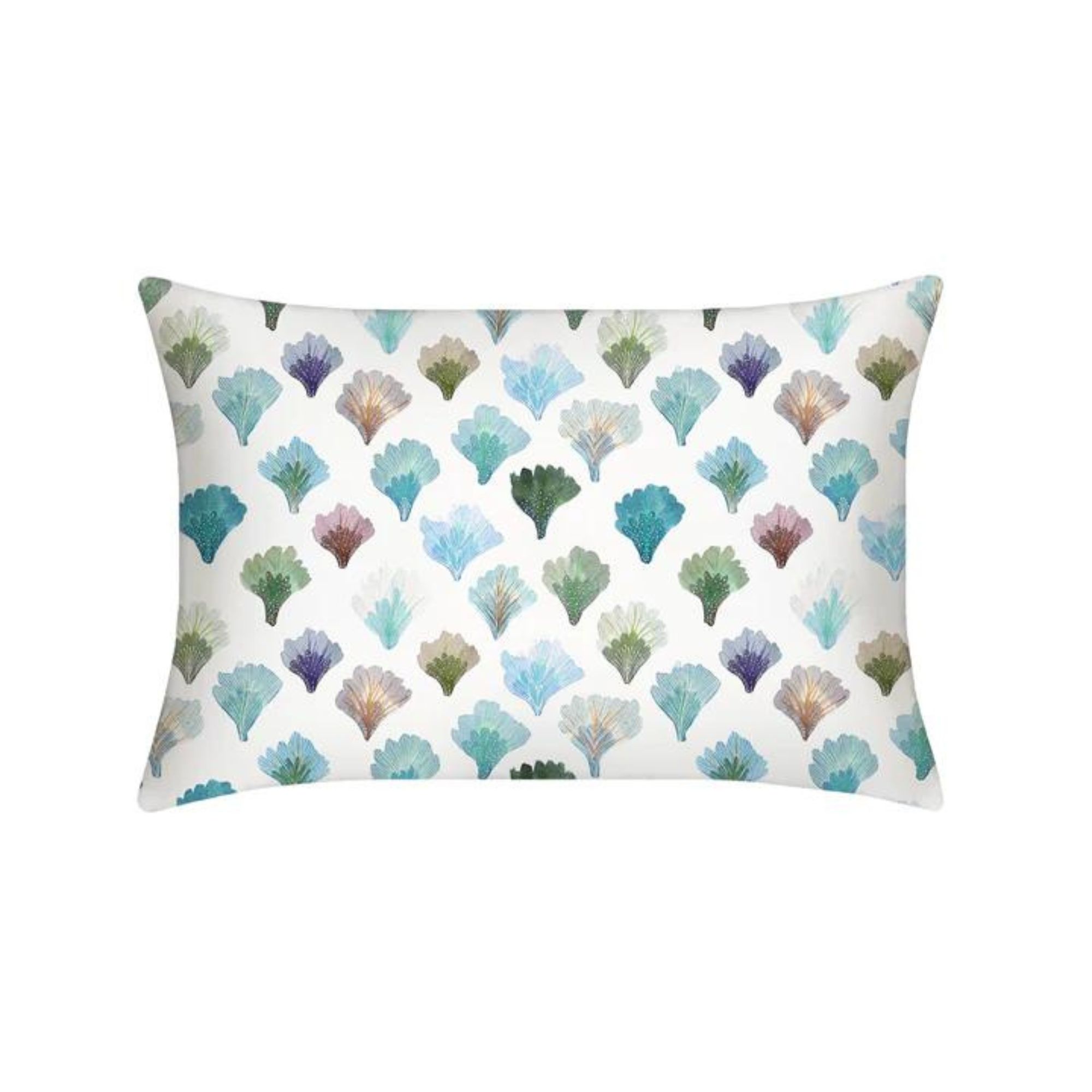
I can't get over this color combination. From afar, this white silk pillowcase appears to be covered with polka dots, but they're actually sea fans in aqua blue, sea green, and deep purple.
Don't choose it if: you want something that washes well
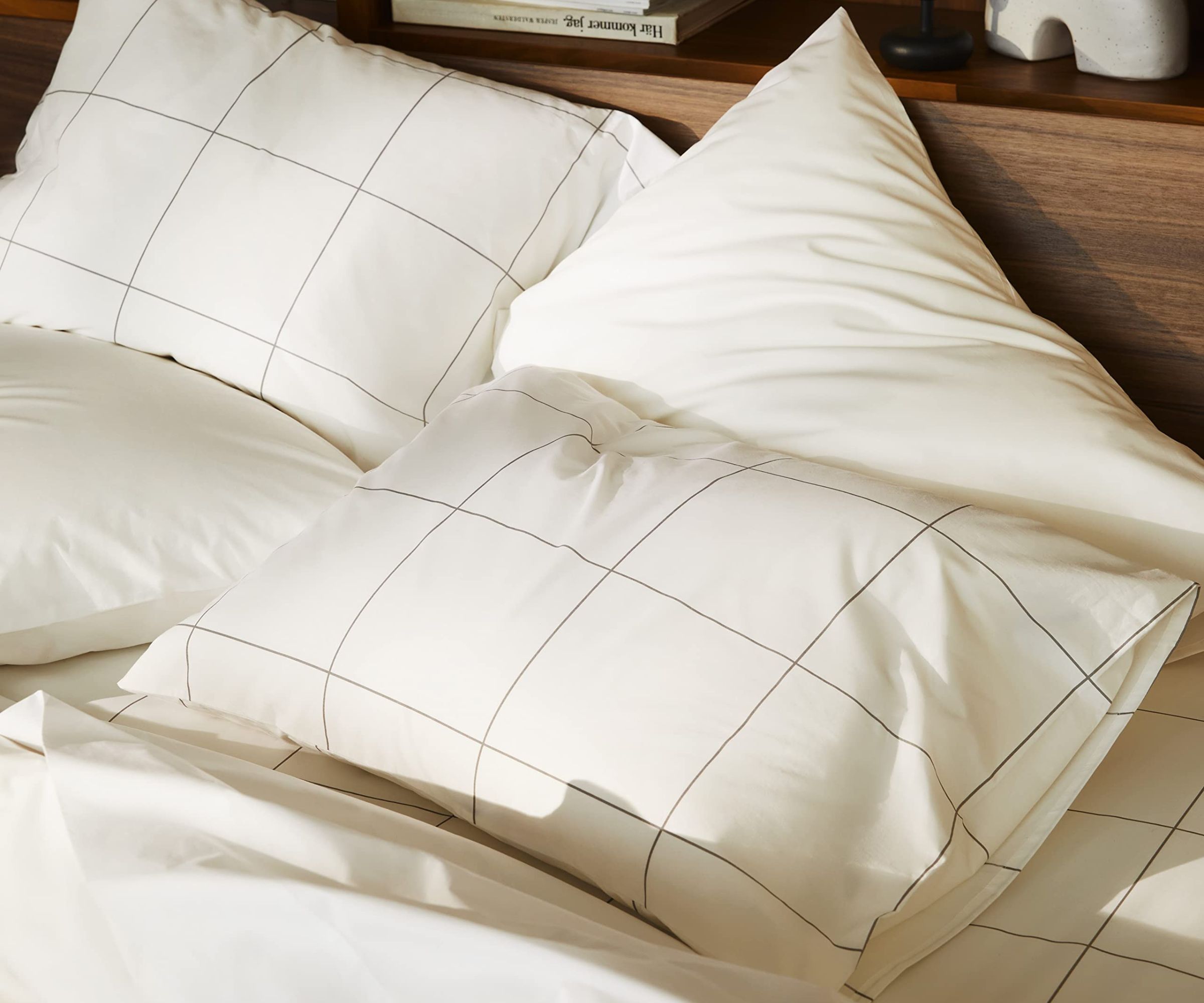
Silk pillowcases have plenty of great qualities, but I couldn't in good conscience describe them as low-maintenance. If you're shopping for something that's easy to wash and quick to dry, you might be better off with a classic cotton case.
You have to be very careful with silk. When you're laundering silk, you need cold water, low heat, no jagged edges or sharp zippers in the washing machine drum. With a cotton case, you can throw it in the washing machine, then run it through the dryer and it should look as good as new. You might not even need to iron it.
My favorite cotton pieces are pretty as well as practical, though in a slightly less obvious sense than silk pillowcases. With cotton, it's all about clean lines and neat edges as part of a well-made bed.
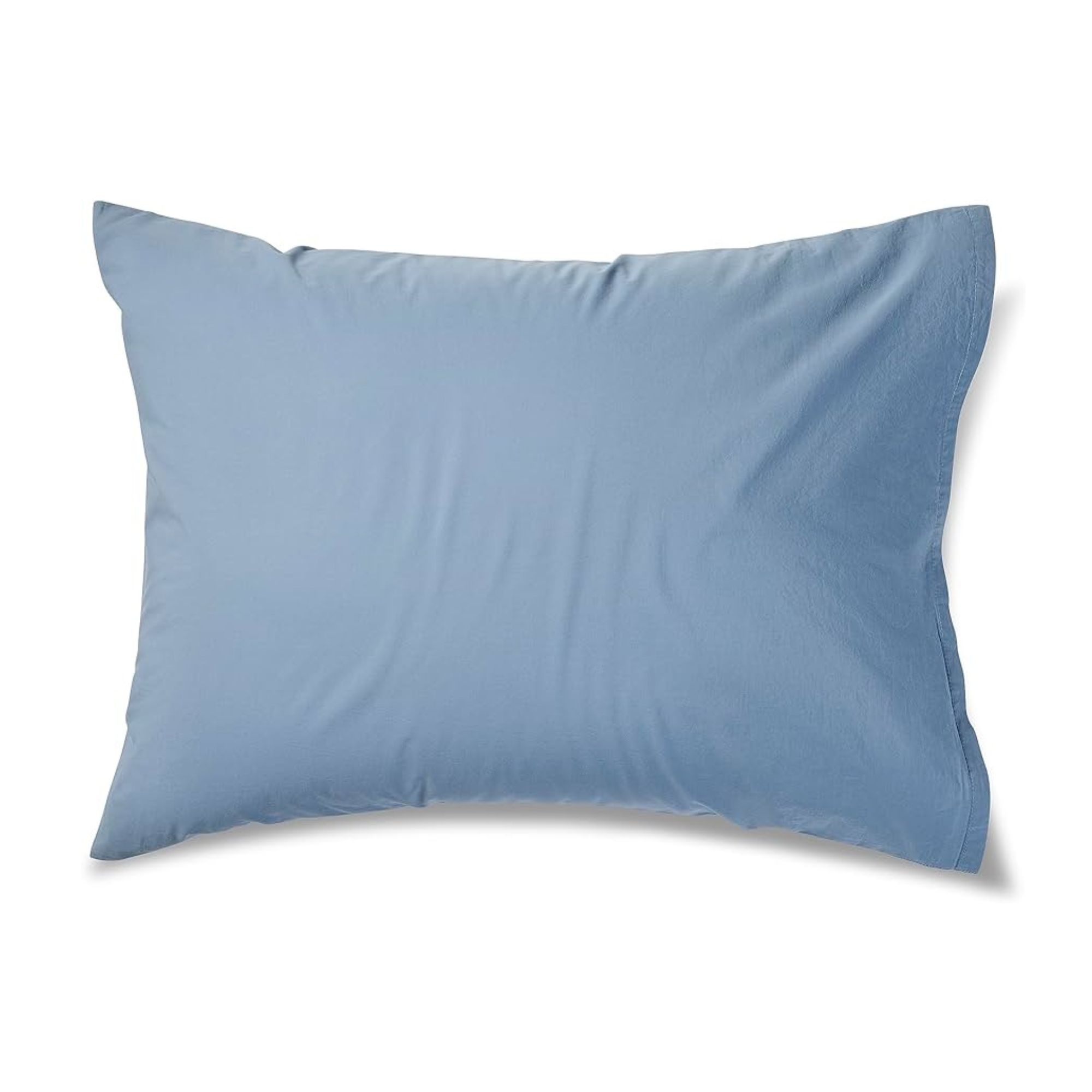
This pair of pillowcases is made from organic cotton, woven into percale for a crisp finish. Each case features envelope closures for a snug, secure fit around your pillow.
Don't choose it if: you tend to sweat while you sleep
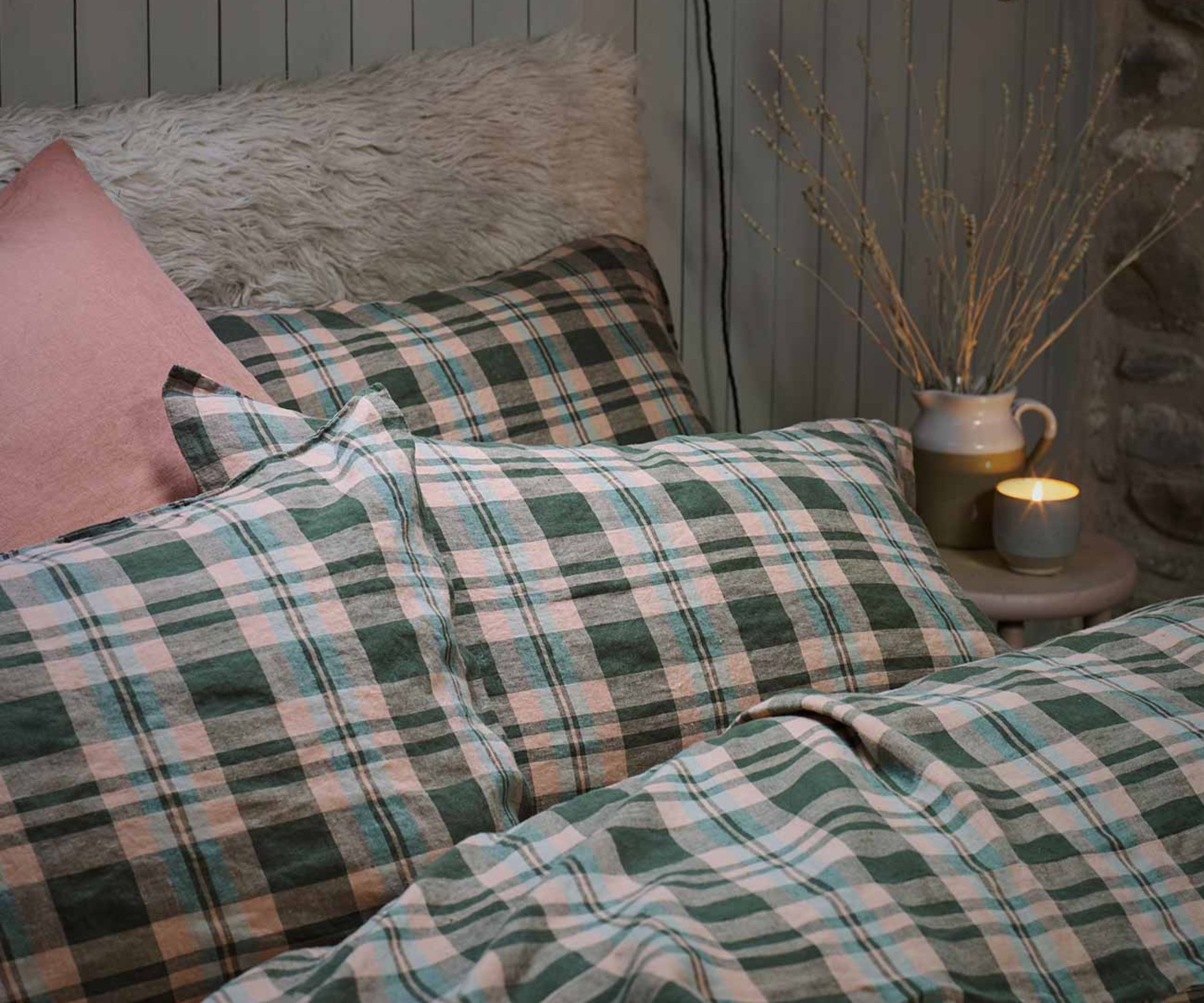
We've already established that silk pillowcases are moisture-retaining, rather than moisture-wicking. That's great if you want to hydrate your hair and boost the brightness of your skin, but it could be a nightmare for a hot sleeper.
Silk pillowcases retain moisture – all kinds of moisture, from beauty creams to honest sweat. That sweat then stays on your pillowcase, where it feels wet to the touch. Sweaty bedding is a breeding ground for bacteria, which could irritate the skin you've worked so hard to protect.
If you know you run a little warm, you should consider a set of linen pillowcases. Linen might not feel as silky smooth, but it should get softer with each wash, all the while keeping you just the right side of cool and dry.
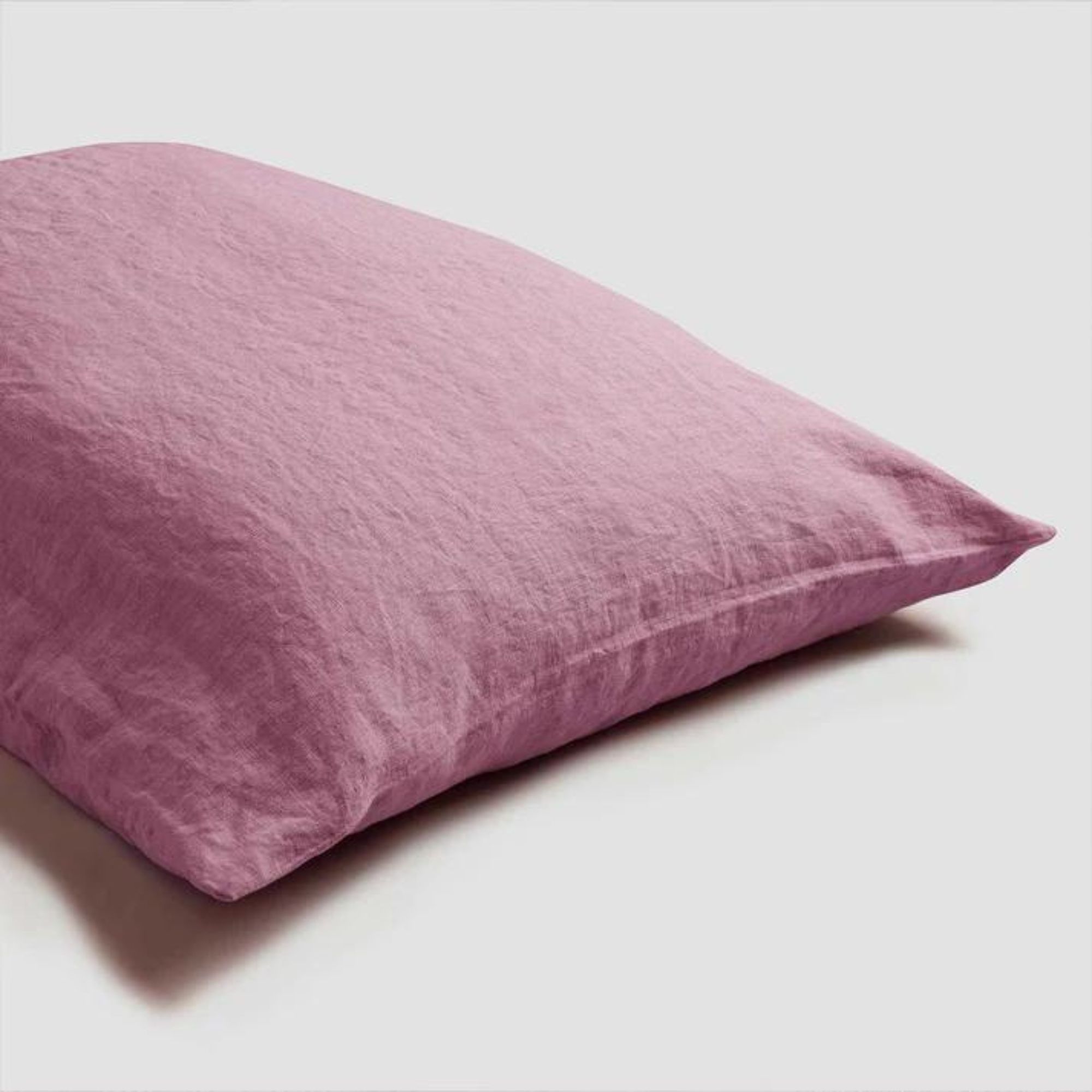
This dusty pink pillowcase is woven from high-quality European flax, combining durability with breathability. It might feel a little scratchy to start, but each piece is prewashed for softness.
Silk pillowcase FAQs
Is a silk pillowcase worth it?
If you're keen to start your journey towards clearer skin and smoother hair, then you might appreciate a silk pillowcase. Your face and hair should glide over the smooth fabric while you sleep, reducing friction and retaining moisture. Even the best silk pillowcases prove hard to clean. If you're searching for something that washes well, you might be better off with classic cotton. Hot sleepers should consider moisture-wicking materials, such as linen, instead.
Which silk pillowcase is best?
For a skin-friendly sham that looks as good as it feels, I recommend the ESPA Oxford Edge Pillowcase. Mayfairsilk specializes in prints and patterns to pop against white bedding: I'm a fan of their limited edition Palms Pure Silk Pillowcase. Brooklinen's Mulberry Silk Pillowcase is smooth and soft to reduce friction and prevent hair damage.
Final thoughts
Once you've invested in one, two, or a few of the best silk pillowcases, it's important to take good care of them. It's worth learning how to wash a silk pillowcase to get the most out of your product.
Sign up to the Homes & Gardens newsletter
Design expertise in your inbox – from inspiring decorating ideas and beautiful celebrity homes to practical gardening advice and shopping round-ups.

Emilia is our resident sleep writer. She spends her days tracking down the lowest prices on the best mattresses and bedding and spends her nights testing them out from the comfort of her own home. Emilia leads a team of testers across America to find the best mattress for every sleep style, body type, and budget.
Emilia's quest to learn how to sleep better takes her all around the world, from the 3Z mattress factory in Glendale, Arizona to the Hästens headquarters in Köping, Sweden. She's interviewed luxury bedding designers at Shleep and Pure Parima, as well as the Design Manager at IKEA. Before she joined Homes & Gardens, Emilia studied English at the University of Oxford.
-
 I’m an HVAC technician, and this is when I turn my AC on each year – plus 5 checks I always do beforehand
I’m an HVAC technician, and this is when I turn my AC on each year – plus 5 checks I always do beforehandSave yourself an AC hassle by running my checks and turning it on before big heat hits
By Josh Mitchell Published
-
 This simple marble hack elevates my budget-friendly wooden kitchen countertops and prevents the dreaded water damage for way less than you’d think
This simple marble hack elevates my budget-friendly wooden kitchen countertops and prevents the dreaded water damage for way less than you’d thinkThis design trick looks expensive, solves a problem, and was the easiest decision I made during my kitchen reno
By Charlotte Olby Published
